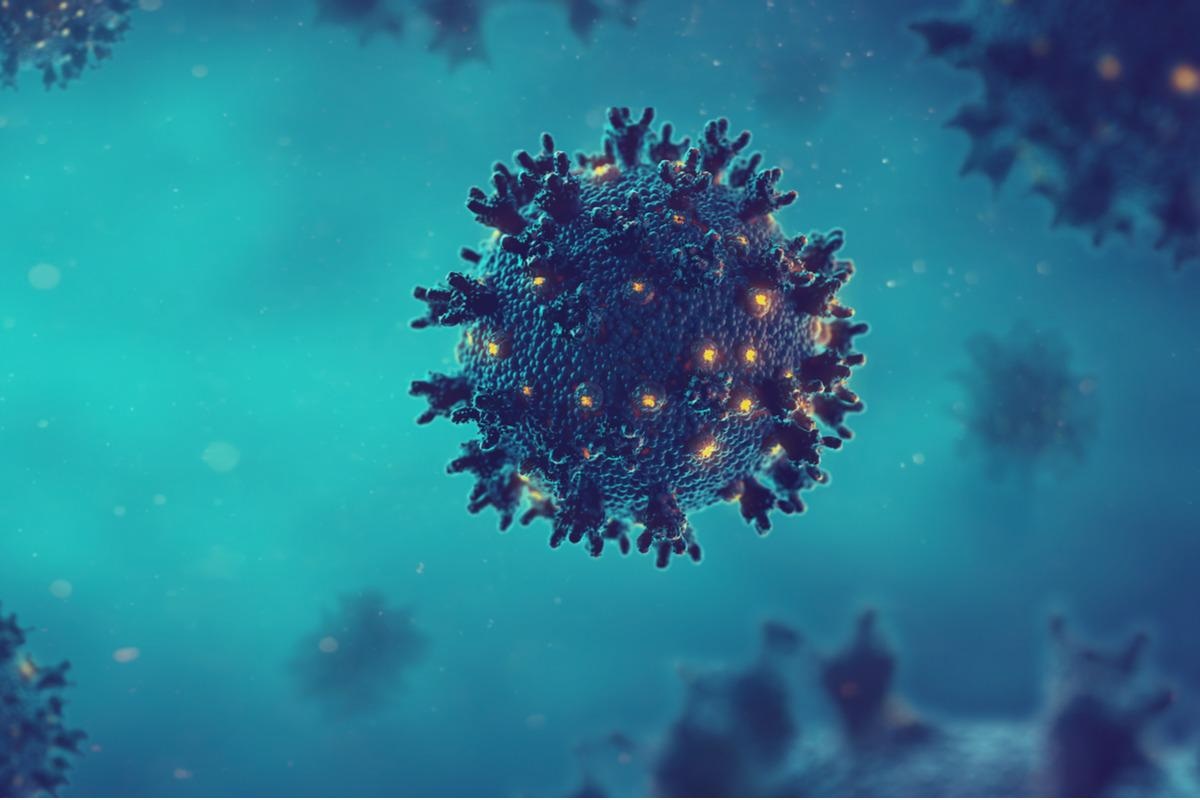In a recent study posted to the medRxiv* preprint server, the researchers investigated the effect of binding antibodies on severe acute respiratory syndrome coronavirus 2 (SARS-CoV-2) Omicron breakthrough infections.
 Study: PERMISSIVE OMICRON BREAKTHROUGH INFECTIONS IN INDIVIDUALS WITH BINDING OR NEUTRALIZING ANTIBODIES TO ANCESTRAL SARS-CoV-2. Image Credit: ffikretow/Shutterstock
Study: PERMISSIVE OMICRON BREAKTHROUGH INFECTIONS IN INDIVIDUALS WITH BINDING OR NEUTRALIZING ANTIBODIES TO ANCESTRAL SARS-CoV-2. Image Credit: ffikretow/Shutterstock

 This news article was a review of a preliminary scientific report that had not undergone peer-review at the time of publication. Since its initial publication, the scientific report has now been peer reviewed and accepted for publication in a Scientific Journal. Links to the preliminary and peer-reviewed reports are available in the Sources section at the bottom of this article. View Sources
This news article was a review of a preliminary scientific report that had not undergone peer-review at the time of publication. Since its initial publication, the scientific report has now been peer reviewed and accepted for publication in a Scientific Journal. Links to the preliminary and peer-reviewed reports are available in the Sources section at the bottom of this article. View Sources
Coronavirus disease 2019 (COVID-19) vaccines have played an important role in protecting against SARS-CoV-2 infection and severity. However, there is insufficient knowledge regarding the protection elicited by antibodies against emerging SARS-CoV-2 variants.
About the study
In the present study, the researchers investigated the titers of binding antibodies and the interaction between the viral receptor-binding domain (RBD) and the angiotensin-converting enzyme 2 (ACE2) in SARS-CoV-2 Omicron breakthrough infections.
The study included 12 participants who were enrolled in an ongoing, longitudinal SARS-CoV-2 community (CITY) study. The participants answered a questionnaire regarding their demographic information and medical history. The team obtained nasal swabs from the individuals to detect SASR-CoV-2 infection, while whole blood samples were collected for serological tests. The eligible participants reported a breakthrough infection between 15 December 2021 and 7 January 2022. The participants also provided information concerning symptoms associated with the breakthrough infection.
The team confirmed breakthrough infections with a positive nucleic acid amplification test (NAAT) such as a polymerase chain reaction (PCR). Enzyme-linked immunosorbent assay (ELISA) was subsequently performed using a two-step method developed at Mount Sinai. A quantitative antibody binding titer assay to detect immunoglobulin G (IgG) was also performed via the VITROS assay. Furthermore, the team conducted a semi-quantitative SARS-CoV-2 surrogate neutralizing assay (SNA) that evaluated the inhibitory capacity of RBD-ACE2 interactions.
Results
In the group of eligible participants, the median age was 50.5 years, and approximately 50% of the cohort was female. The group also included 83.3% White and 66.6% Hispanic individuals. Almost 50% of the total participants had reported a previous COVID-19 infection.
All the participants in the study had received the primary vaccine series more than 90 days before the breakthrough infection. Among the vaccinated individuals, 66.7% had received the Pfizer/BioNTech BNT162b2 vaccine, 25% had received the Moderna messenger ribonucleic acid (mRNA)-1273 vaccine and 8.3% had received the Johnson & Johnson Ad26.COV2.S vaccine. Only two of the participants who had not received a booster dose reported a history of SARS-CoV-2 infection. Notably, one individual was vaccinated with the Ad26.COV2.S vaccine was infected twice before receiving the vaccine. Among boosted individuals, 28.6% received the BNT162b2 vaccine, while 71.4% received the mRNA-1273 vaccine.
The team classified all breakthrough infections into mild and the absence of medical intervention or hospital admission. Furthermore, among participants experiencing breakthrough infections, 66% reported cough, 66.6% had congestion or rhinorrhea, 41.6% had a sore throat, and 41.6% had a headache. Furthermore, all participants showed detectable amounts of antibodies against SARS-CoV-2 with titers ranging from 1:800 to 1:51,200 with the Mt. Sinai assay and 57.4 to 13,500 BAU/ml with the VITROS assay. The inhibition assay performed to test RBD-ACE2 interaction also showed that 83.3% of the participants had detectable surrogate neutralizing activity while 16.7% did not.
Furthermore, the team classified the participants according to the number of SARS-CoV-2 antigenic challenges, thus evaluating their vaccination-induced or natural immunity. Individuals who had faced only two SARS-CoV-2 antigenic challenges had lower antibody titers. Moreover, boosted participants showed higher antibody titers as compared to those who had not received their booster dose, except those who had received their second dose within 90 days of breakthrough infection
Conclusion
The study findings showed that the specific role and characteristics of the humoral response during infections and vaccination needs clarification. According to the researchers, future studies should include cellular immunity profiles to improve the definition of the immunity landscape during widespread infections.

 This news article was a review of a preliminary scientific report that had not undergone peer-review at the time of publication. Since its initial publication, the scientific report has now been peer reviewed and accepted for publication in a Scientific Journal. Links to the preliminary and peer-reviewed reports are available in the Sources section at the bottom of this article. View Sources
This news article was a review of a preliminary scientific report that had not undergone peer-review at the time of publication. Since its initial publication, the scientific report has now been peer reviewed and accepted for publication in a Scientific Journal. Links to the preliminary and peer-reviewed reports are available in the Sources section at the bottom of this article. View Sources
Journal references:
- Preliminary scientific report.
Williams, E. et al. (2022) "PERMISSIVE OMICRON BREAKTHROUGH INFECTIONS IN INDIVIDUALS WITH BINDING OR NEUTRALIZING ANTIBODIES TO ANCESTRAL SARS-CoV-2". medRxiv. doi: https://doi.org/10.1101/2022.04.17.22273938 https://www.medrxiv.org/content/10.1101/2022.04.17.22273938v1
- Peer reviewed and published scientific report.
Williams, Erin, Jordan Colson, Ranjini Valiathan, Juan Manuel Carreño, Florian Krammer, Michael Hoffer, Suresh Pallikkuth, Savita Pahwa, and David Andrews. 2022. “Permissive Omicron Breakthrough Infections in Individuals with Binding or Neutralizing Antibodies to Ancestral SARS-CoV-2.” Vaccine 40 (41): 5868–72. https://doi.org/10.1016/j.vaccine.2022.08.058. https://www.sciencedirect.com/science/article/pii/S0264410X22010489.
Article Revisions
- May 13 2023 - The preprint preliminary research paper that this article was based upon was accepted for publication in a peer-reviewed Scientific Journal. This article was edited accordingly to include a link to the final peer-reviewed paper, now shown in the sources section.